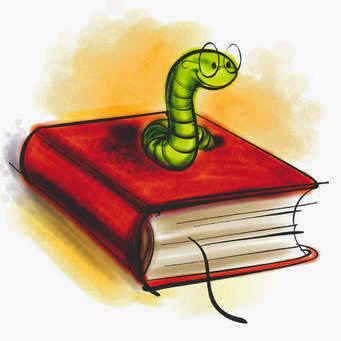The Purpose of DRTA

Directed Reading/ Thinking Activity is an important strategy because it actively teaches students the skill of comprehension. This strategy relies on the teacher actively modeling the art of comprehension for her students. A short text that is used in Directed Reading Thinking Activities is the text that none of the students are familiar with, so they are invited to predict, typed up on an over head project, here are some consideration of DRTA according to Stauffer (1970). He stated that DRTA can only be successful if; firstly, the reading material is unfamiliar to the students, then the material should be at the students' instructional level, and then the teacher must read through the story carefully beforehand, determining the most, appropriate breaks and length of passages, after that the teacher may read part or parts of the story out loud, and the last is a climate of trust needs to be developed so that students will feel secure in expressing opinions and taking risks. The verification or disproving of predictions should be accomplished courteously.
Additional strengths of DRTA are its emphasis on reading as a thinking activity and the importance it places on helping students determine their own purposes for reading. The DRTA also provides a form of guided problem solving (Manzo and Manzo 1990): students are led through a cycle of making prediction, reading to verity predictions, evaluating comprehension with respect to the predictions, and making new predictions based on acquired knowledge.
Manzo and Manzo (1990: 106 in Eanes 1997: 128) describe a simplified version of the DRTA that provides a useful formula for planning pre reading, guided silent, and post reading. So, there are some actions that should be done by teacher as the researcher and students as the subject of research. The strategy will be run well if they do some requirements correctly and it makes students active during applying the strategy.
In teacher and students actions, teacher asks to the students some questions such as; ” what do you think you will find in the text? “ (Activate thought), “why do you think so?” (Agitate thought), and “Prove it!” (Require evidence). Student actions mean that they “Predict” (set purposes), “Read” (process ideas), and “Prove” (seek verification in text). Stauffer (1969) involves reading for a purpose determined by the students. DRTA helps students develop skills in reading and thinking. It encourages risk-taking via prediction. While DRTA can be successfully employed at any grade level, it is recommended as an integral part of the Language Arts program in grades one through six. It is a technique which motivates and encourages reluctant readers.

Teaching Procedures Should be used with DRTA
Stauffer (1976) states that DRTA begins with a discussion and prediction based on the title, pictures, a paragraph or page of the story. There are some procedures that can be done; first of all is initial contact with the text is limited so that the discussion will raise questions and predictions, next is once a purpose has been set, the students read silently to determine if their prediction was accurate. The teacher should ask, "Did you find out what you wanted to know?" After that is further discussion ensues regarding the various predictions, plus the added knowledge of facts gleaned from the text read. Students should be encouraged to prove or disprove predictions by orally re – reading the relevant part of the story, lastly is the process continues until the story is complete. The teacher acts as a facilitator throughout the process rather than an initiator of predetermined questions.
Some Considerations of DRTA Strategy
Directed Reading/Thinking Activity is a teaching strategy that allows to guide the students through the process of making predictions based on the information that the text has provided them., the text sometimes has many paragraph, it can be separated, so teacher just show every paragraph in the text one by one and teacher asks questions or predictions about the paragraph, the students answer them, and then develop predictions about the text. As the students move through the text, their predictions are changed and modified according to the new information that is provided from the text.
Directed Reading/ Thinking Activity is an important strategy because it actively teaches students the skill of comprehension. This strategy relies on the teacher actively modeling the art of comprehension for her students. A short text that is used in Directed Reading Thinking Activities is the text that none of the students are familiar with, so they are invited to predict, typed up on an over head project, here are some consideration of DRTA according to Stauffer (1970). He stated that DRTA can only be successful if; firstly, the reading material is unfamiliar to the students, then the material should be at the students' instructional level, and then the teacher must read through the story carefully beforehand, determining the most, appropriate breaks and length of passages, after that the teacher may read part or parts of the story out loud, and the last is a climate of trust needs to be developed so that students will feel secure in expressing opinions and taking risks. The verification or disproving of predictions should be accomplished courteously.